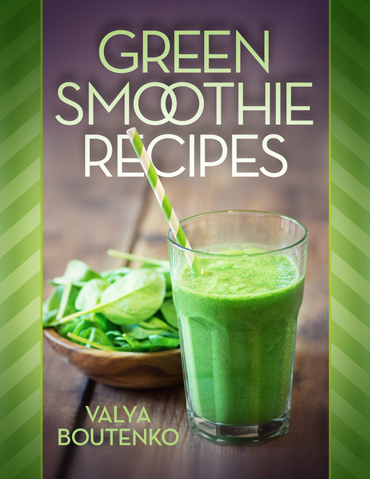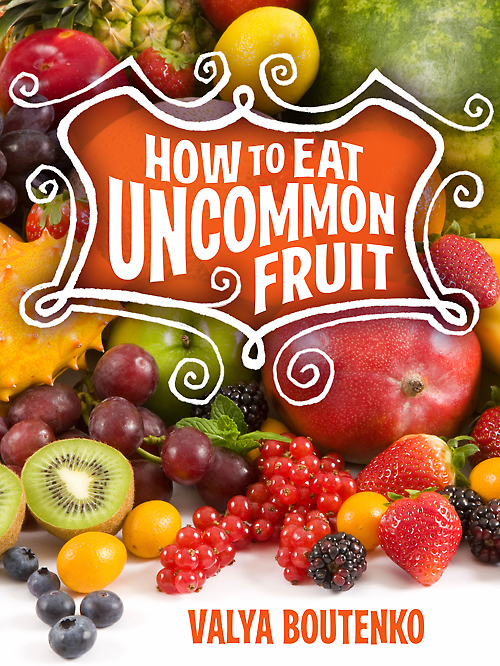Food Combining and Green Smoothies
I receive approximately 100 emails per hour from people all over the world. These letters are touching and dear, and although I am physically unable to reply to all the mail that comes in, I am committed to keeping my readers well informed and answering all inquiries I can manage. One question that I frequently receive is, “But Victoria, isn’t blending fruits and greens poor food combining?” I wonder how greens, such as kale, romaine lettuce, spinach, carrot tops, and others got classified as vegetables? Why do we call foods completely different food groups “vegetables” when they look different and contain different sets of nutrients?
A produce manager from a local health food store complained to me that his customers often got confused when looking for a particular ingredient among the 150-plus types of produce all gathered under the single name vegetables. This man had worked in the produce section for more than ten years. He suggested that the produce section be divided into several different smaller groups of plant foods with specific similarities, for example, roots (carrots, beets, daikon, etc.) flowers (broccoli, cauliflower, artichokes, etc.) ,and non-sweet fruit (cucumbers, zucchini, squash, tomatoes, etc.). Combining foods with similar nutritional values would not only help shoppers to find necessary ingredients faster but would also help them to become familiar with more plant foods and increase their variety of vegetarian food consumption.
Obviously, people do not consider plants to be important enough to be classified properly. Even at the regular supermarket one can see that other food departments have more detailed classifications. For example, the meat department is divided into poultry, fish, and meat, which in turn is subdivided into smaller sections such as veal, ground meats, bones, and sub-products. Every item is carefully categorized, specifying which part of the animal it is from. Cheeses have their own specifications. Nobody would ever classify cheese and meat together in one “sandwich food” group, because it would be inconvenient and unclear. Yet this kind of confusion and error continually occurs in the produce section. Some errors are quite serious, to such a degree that they could cause health problems. As an example of this, placing starchy roots in the same category with tomatoes and rhubarb could prompt customers to make improper food-combining choices. Many nutritionists believe in the benefits of proper food combining. For example, starchy tubers combined in one meal with sour fruits or vegetables can create fermentation and gas in our intestines.
Placing greens in the same category as vegetables has caused people to mistakenly apply the combining rules of starchy vegetables to greens. Driven by this confusion, many concerned people wrote to me inquiring if blending fruits with greens was proper food combining. They had heard that “fruits and vegetables did not mix well.” Yes, to combine starchy vegetables with fruits would not be a good idea. Such a combination can cause gas in the intestines. However, greens are not vegetables, and greens are not starchy. In fact, greens are the only food group that helps digest other foods through stimulating the secretion of digestive enzymes. Thus greens can be combined with any other foods. In addition, it has been recorded that chimpanzees often consume fruits and leaves from the same tree at the same feeding time. In fact, Jane Goodall and other researchers have observed them rolling fruits inside of leaves and eating them as “sandwiches.”
I propose that we separate greens from vegetables, now and forevermore. Greens have never received proper attention and have never been researched adequately because they have been incorrectly identified as vegetables. We don’t even have a proper name for greens in most languages. The name “dark green leafy vegetables” is long and inconvenient to use, similar to “the animal with horns that gives milk.”
We don’t have complete nutritional data about greens. For my book Green For Life I had to collect bits and pieces of information out of books and magazines from different countries, and I still don’t have all the parts. I have not, for example, been able to find the complete nutritional content of carrot tops anywhere. Nevertheless, I have enough to draw some essential conclusions: greens are the primary food group that matches human nutritional needs most completely.
This article is an excerpt taken from the book Green For Life. To read more please click here.
Comments are closed













































